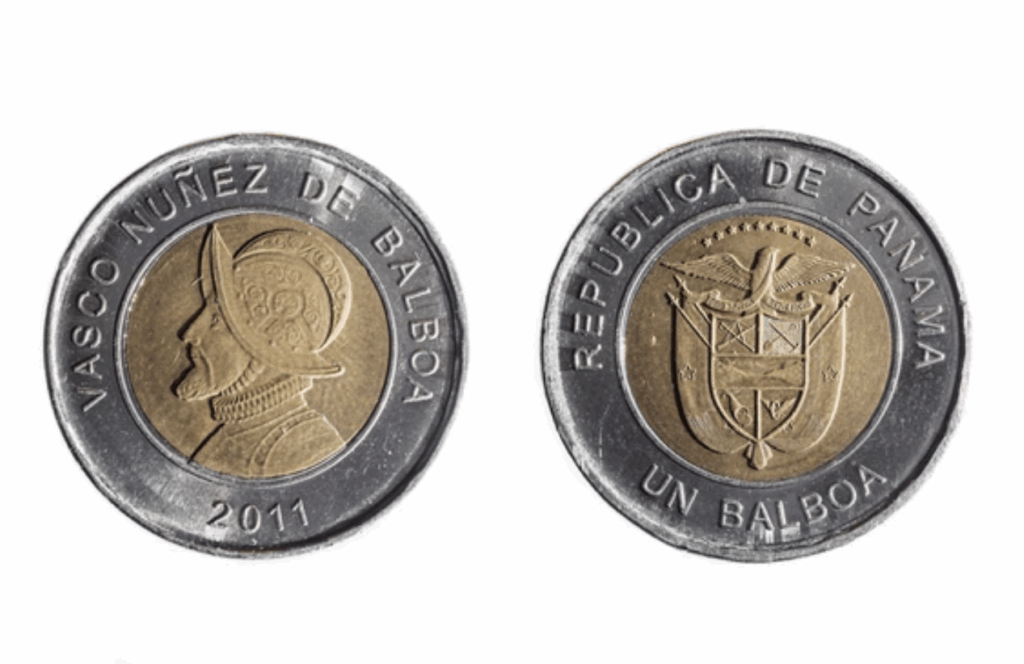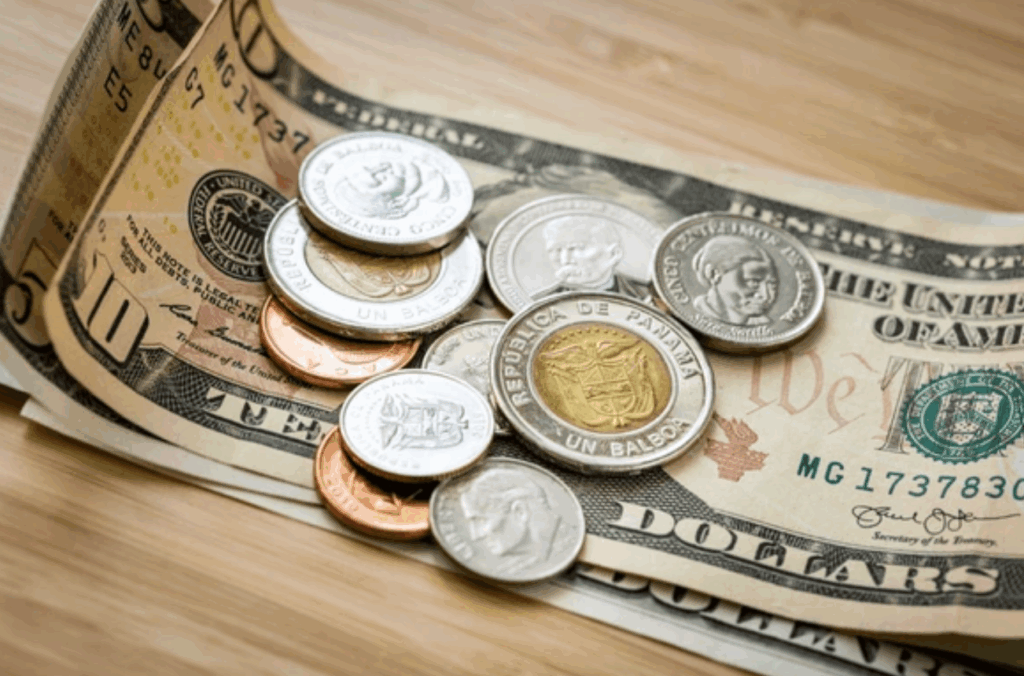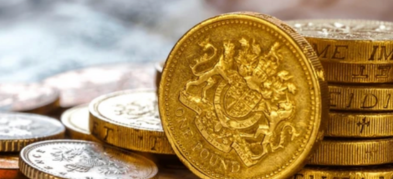Important Information
This website is managed by Ultima Markets’ international entities, and it’s important to emphasise that they are not subject to regulation by the FCA in the UK. Therefore, you must understand that you will not have the FCA’s protection when investing through this website – for example:
- You will not be guaranteed Negative Balance Protection
- You will not be protected by FCA’s leverage restrictions
- You will not have the right to settle disputes via the Financial Ombudsman Service (FOS)
- You will not be protected by Financial Services Compensation Scheme (FSCS)
- Any monies deposited will not be afforded the protection required under the FCA Client Assets Sourcebook. The level of protection for your funds will be determined by the regulations of the relevant local regulator.
Note: Ultima Markets is currently developing a dedicated website for UK clients and expects to onboard UK clients under FCA regulations in 2026.
If you would like to proceed and visit this website, you acknowledge and confirm the following:
- 1.The website is owned by Ultima Markets’ international entities and not by Ultima Markets UK Ltd, which is regulated by the FCA.
- 2.Ultima Markets Limited, or any of the Ultima Markets international entities, are neither based in the UK nor licensed by the FCA.
- 3.You are accessing the website at your own initiative and have not been solicited by Ultima Markets Limited in any way.
- 4.Investing through this website does not grant you the protections provided by the FCA.
- 5.Should you choose to invest through this website or with any of the international Ultima Markets entities, you will be subject to the rules and regulations of the relevant international regulatory authorities, not the FCA.
Ultima Markets wants to make it clear that we are duly licensed and authorised to offer the services and financial derivative products listed on our website. Individuals accessing this website and registering a trading account do so entirely of their own volition and without prior solicitation.
By confirming your decision to proceed with entering the website, you hereby affirm that this decision was solely initiated by you, and no solicitation has been made by any Ultima Markets entity.
I confirm my intention to proceed and enter this website Please direct me to the website operated by Ultima Markets , regulated by the FCA in the United KingdomWhat Currency Does Panama Use?
The official currency of Panama is the Panamanian Balboa (PAB), which is pegged to the United States Dollar (USD) at a 1:1 fixed rate. While the Balboa is the official currency by law, Panama uses U.S. dollars for all paper money, and Balboa coins for local coinage. In everyday transactions, the USD functions as the primary currency, making Panama a fully dollarized economy in practice.
- Currency Name: Panamanian Balboa (PAB)
- Currency Symbol: B/. for Balboa and $ for USD
- Pegged Exchange Rate: 1 PAB = 1 USD
What Currency Does Panama Use in Daily Life?
In daily transactions, USD banknotes are used exclusively, while Panama only mints coins in Balboas and centésimos (similar to cents). There are no Panamanian paper bills in circulation.

What Is Panama Currency Symbol?
Panama uses two currency symbols:
- B/. — for Balboa (used on coins)
- $ — for U.S. Dollars (used for pricing, accounting, banking)
This duality is key for businesses, travelers, and forex traders to understand. For instance, forex charts and platforms will usually reflect transactions in USD when dealing with Panama-related financial data.

What Does Panama Money Look Like?
Panama’s coins are locally minted, featuring national symbols and famous historical figures, while paper currency is all in U.S. Dollars. Here’s what Panama’s money includes:
| Currency | Type | Description |
| Coins | Balboa (B/.) | 1, 5, 10, 25, and 50 centésimos + 1 Balboa coin |
| Notes | USD ($) | $1, $5, $10, $20, $50, $100 (All U.S. dollar bills) |
These coins are almost identical in size and weight to U.S. coins, making them interchangeable within Panama’s borders.
Why Does Panama Use the U.S. Dollar?
From a trader’s perspective, Panama’s adoption of the U.S. Dollar offers:
- Stability: Tying its currency to USD helps Panama avoid hyperinflation.
- Lower Transaction Costs: No currency conversion is needed for USD-based trade and remittances.
- Foreign Investment Confidence: Investors see dollarized economies as safer due to lower currency risk.
By eliminating central bank monetary control (Panama doesn’t have one), Panama sacrifices interest rate autonomy but gains currency stability, a trade-off common in dollarized nations.
How Does Panama’s Currency Affect Forex Trading?
While Panama does not issue its own paper currency or operate an independent monetary policy, the country’s currency setup still has implications for the foreign exchange (forex) market:
USD Dominance in Panama
Since Panama uses the USD exclusively for paper currency, forex traders won’t find a distinct PAB/USD pair. Instead, USD remains the key focus when analyzing Panama’s economic performance.
Popular Forex Pairs Related to Panama
Although Panama itself is not a forex hotspot, traders often track USD performance against Latin American currencies such as:
- USD/MXN (U.S. Dollar / Mexican Peso)
- USD/BRL (U.S. Dollar / Brazilian Real)
- USD/COP (U.S. Dollar / Colombian Peso)
These regional pairs can provide indirect signals on trade dynamics that may impact Panama.
What Drives Currencies in Dollarized Economies Like Panama?
For economies that use the USD, currency movements are not driven by local monetary policy. Instead, their economic outlook is affected by:
- U.S. Federal Reserve interest rate decisions
- U.S. inflation and GDP data
- Global demand for the U.S. Dollar
- Trade balances and tourism inflows
For example, if the U.S. raises interest rates, Panama will import tighter financial conditions without the ability to ease them independently. This also means external shocks directly impact Panama without monetary cushioning.
Does Panama Have a Central Bank?
No, Panama does not have a central bank. Instead, private banks operate under a free-market system. The National Bank of Panama and Superintendency of Banks regulate financial activities but do not issue monetary policy or manage interest rates.
This decentralized approach aligns with Panama’s open-market economy and its dependence on global financial flows, especially through the Panama Canal and international banking sector.
Conclusion
Panama operates a unique dual-currency system where the Panamanian Balboa (PAB) is the official currency, but U.S. dollars (USD) are used for all paper money and major transactions. This dollarized structure brings monetary stability, reduces inflation risk, and attracts foreign investment, key factors that traders and investors monitor when analyzing Latin American economies.
At Ultima Markets, we help traders navigate the global forex landscape with real-time insights into USD movements, emerging market dynamics, and regional currency behavior. Understanding how Panama uses the U.S. dollar not only informs travel and business decisions but also deepens your macro view for trading in popular forex pairs linked to USD strength.
Disclaimer: This content is provided for informational purposes only and does not constitute, and should not be construed as, financial, investment, or other professional advice. No statement or opinion contained here in should be considered a recommendation by Ultima Markets or the author regarding any specific investment product, strategy, or transaction. Readers are advised not to rely solely on this material when making investment decisions and should seek independent advice where appropriate.












